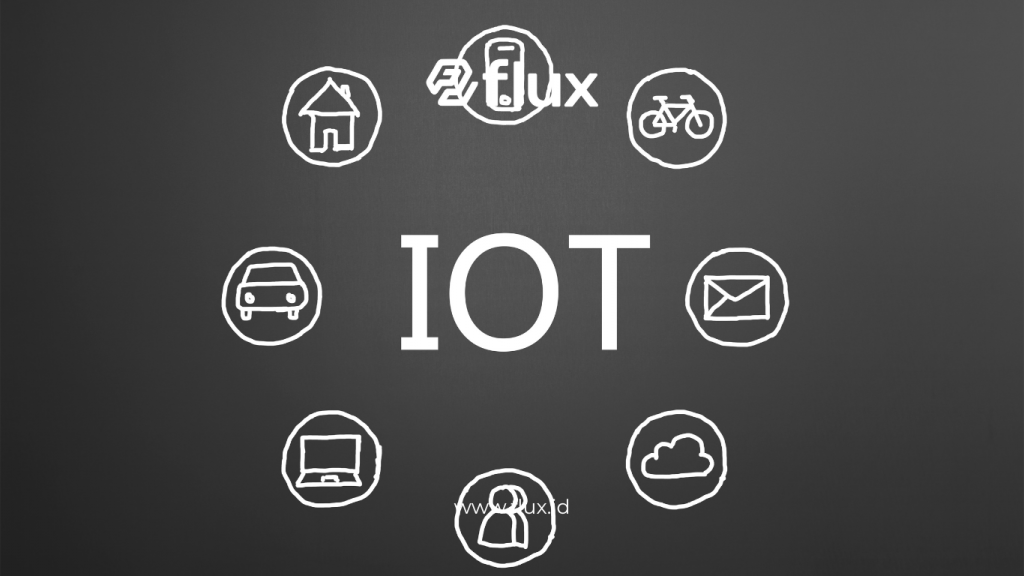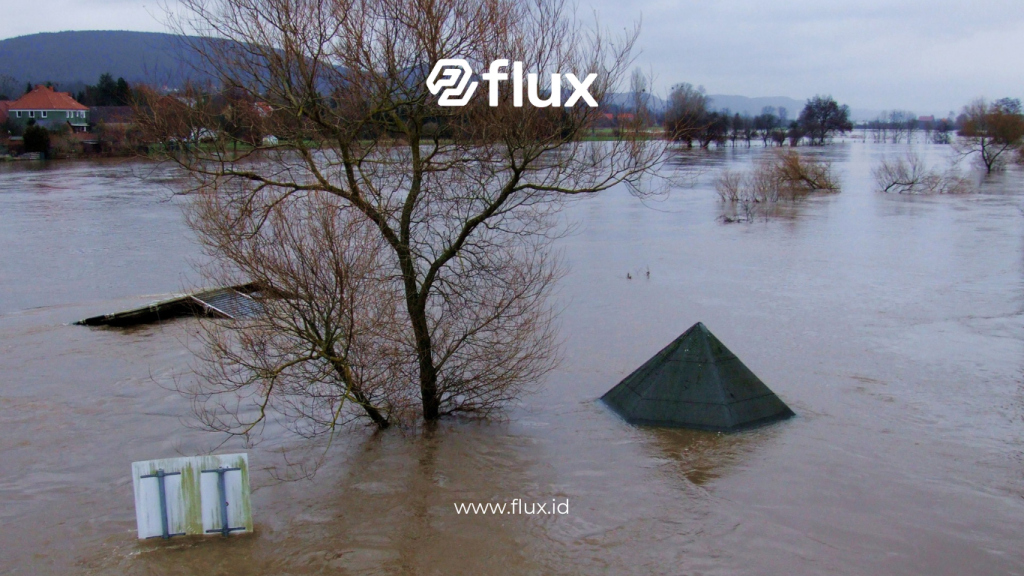Don't miss our holiday offer - 20% OFF!
Floods are one of the most frequent natural disasters worldwide. Their impact not only damages infrastructure but also leads to financial losses and human casualties. Therefore, fast and timely monitoring becomes crucial in flood mitigation efforts. One of the latest technologies playing a key role in flood management is IoT (Internet of Things) Sensors. This technology enables real-time data collection, facilitating quick and efficient decision-making.
This article provides a comprehensive guide on implementing IoT sensors for flood monitoring, how the technology works, and how to design an effective flood monitoring system.
Contents
- 1 1. What Are IoT Sensors?
- 2 2. Technology Behind IoT Sensors for Flood Monitoring
- 3 3. Benefits of Implementing IoT Sensors for Flood Monitoring
- 4 4. Challenges in Implementing IoT Sensors for Flood Monitoring
- 5 5. Implementations of IoT Sensors in Various Regions
- 6 6. How to Design a Flood Monitoring System with IoT Sensors
- 7 Conclusion
1. What Are IoT Sensors?

Read More: Using IoT Sensors in Aquaculture Monitoring: Smart Solutions for Water and Environmental Management
1.1 Definition of IoT Sensors
IoT sensors are devices designed to collect data from the surrounding environment and then send it through the internet for processing and analysis. These sensors can detect various variables such as temperature, humidity, pressure, and water level, all of which are relevant in flood monitoring.
1.2 Functions and Benefits of IoT Sensors in Flood Monitoring
The main function of IoT sensors in flood monitoring is to provide real-time data on environmental conditions, particularly concerning rising water levels, rainfall, and flood potential. IoT sensors enable:
- Early warnings of potential flooding.
- Better decision-making based on accurate data.
- Minimizing damage caused by floods with faster response times.
2. Technology Behind IoT Sensors for Flood Monitoring

2.1 Types of Sensors Used
In flood monitoring implementations, several types of IoT sensors are commonly used:
- Water Level Sensors: These sensors measure the water level in rivers, reservoirs, or flood-prone areas.
- Rainfall Sensors: Used to measure rainfall intensity in a specific area.
- Soil Moisture Sensors: These sensors help predict potential flooding by detecting soil saturation.
2.2 How IoT Sensors Work in Flood Monitoring
IoT sensors collect data from the environment, which is then sent through the internet to a data processing center. In this center, analytic algorithms are used to process and interpret the data, which can then issue early warnings when anomalies indicating flood potential are detected.
Additionally, IoT sensors are often integrated with Geographic Information Systems (GIS) that allow real-time visual mapping of flood-prone areas. This helps governments and related agencies respond quickly and accurately to potential floods.
3. Benefits of Implementing IoT Sensors for Flood Monitoring
3.1 Quick and Effective Response
With IoT sensors, data can be obtained within seconds, enabling faster responses compared to traditional methods. Governments can immediately issue early warnings to communities in flood-prone areas.
3.2 Cost Savings
Using IoT sensors for flood monitoring can help reduce disaster management costs. With early warnings, infrastructure damage can be minimized, thus reducing post-flood repair and recovery costs.
3.3 Better Data Access
Data collected by IoT sensors can be accessed from anywhere as long as there is an internet connection. This offers flexibility in monitoring environmental conditions remotely.
4. Challenges in Implementing IoT Sensors for Flood Monitoring

Read More: Flood Anticipation with IoT, Direct Monitoring from Smartphone
4.1 Infrastructure Limitations
One of the biggest challenges in implementing IoT sensors is infrastructure. In remote or underdeveloped areas, the availability of stable internet networks can be a major obstacle.
4.2 Initial Implementation Costs
Although IoT sensors can reduce long-term costs, the initial investment in procuring devices and installation can be quite expensive. However, with proper planning and budget allocation, the long-term benefits far outweigh the costs.
4.3 Device Maintenance
IoT sensors require regular maintenance to ensure that the data generated remains accurate. Environmental factors such as extreme temperatures, humidity, and corrosion can damage the sensors if not properly maintained.
5. Implementations of IoT Sensors in Various Regions
5.1 Case Study: IoT Sensor Implementation in Jakarta
Jakarta is one of the cities in Indonesia prone to flooding. In recent years, the government has started using IoT sensors to monitor rising water levels in various rivers across the city. The real-time data produced by these sensors has helped the government issue early warnings and reduce damage caused by floods.
5.2 Implementation in India
India has also started using IoT sensors in several flood-prone areas such as Mumbai and Kerala. In these areas, IoT sensors integrated with mobile applications have provided direct flood warnings to the community via their smartphones.
6. How to Design a Flood Monitoring System with IoT Sensors

Read More: Utilizing IoT in Flood Monitoring and Early Warning Systems
6.1 Identify the Right Locations
The first step in designing a flood monitoring system is identifying flood-prone areas. These areas should be equipped with water level sensors, rainfall sensors, and soil moisture sensors.
6.2 Choose the Right Technology
Choosing the right type of sensors is crucial to ensure accurate data. The sensors should be able to withstand extreme conditions, such as heavy rainfall and major floods.
6.3 Integrate with Early Warning Systems
To ensure a faster response to potential floods, IoT sensors should be integrated with early warning systems that can send notifications directly to the government, related agencies, and the public.
Conclusion
The implementation of IoT sensors in flood monitoring is one of the most effective steps in improving quick response to disasters. This technology not only helps in providing early warnings but also reduces infrastructure damage and saves lives. Despite challenges such as infrastructure and initial costs, the long-term benefits of using this technology are far more significant.
With proper planning, implementing IoT sensors can be an essential solution in minimizing the impact of floods and creating a safer, disaster-responsive environment.





